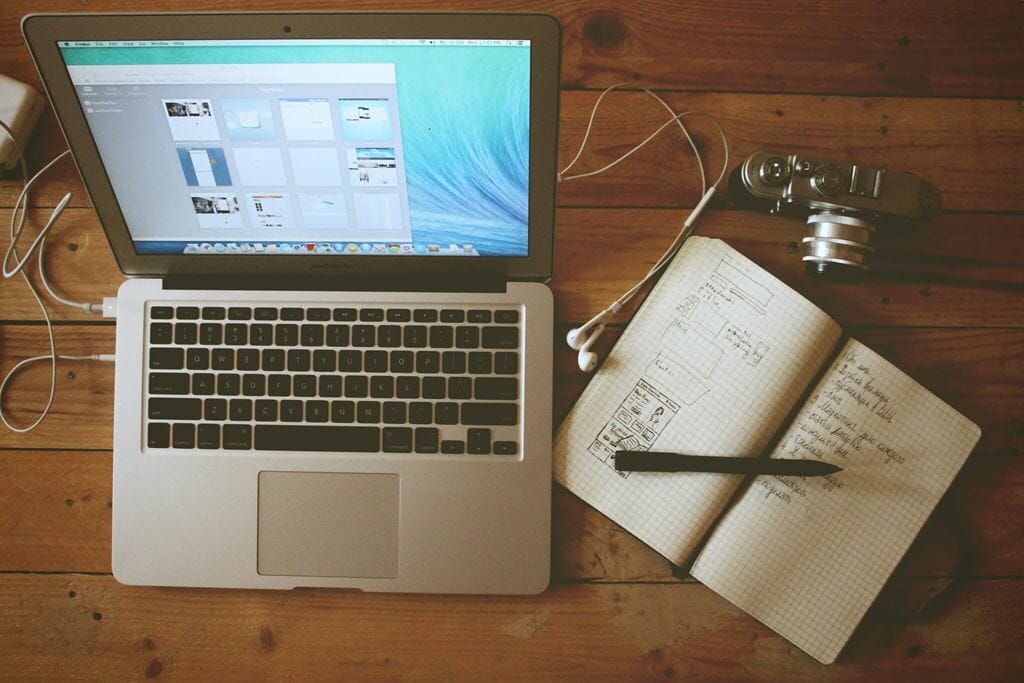How fast a website can be up and running depends on a few factors. If you are just starting out and have no previous experience, it will probably take you longer to get everything set up and working correctly than someone who has been doing this for a while. The type of hosting you use can also affect how quickly your site is live – shared hosting is usually slower than dedicated or VPS hosting. Other factors that can influence website launching speed include the size and complexity of your website, as well as whether or not you are using a content management system (CMS).
Assuming that you are starting from scratch and have no previous experience, here is a rough timeline for getting your website up and running:
Choose your domain name and hosting
As a website owner, you should know that your website’s address on the internet is the domain name. It’s what people will key into their browsers to find your site. For example, Google’s domain name is www.google.com.
Hosting allows your website to be seen on the internet. When you create a website, you need to store all of your website’s files on a server. Your web hosting company provides this server and connects your site to the internet so people can view it. Domain names and hosting are two essential factors in the website design timeline for getting your website up and running. Without them, your website would not be accessible to anyone on the internet. So why are they considered to determine how fast a website can be realistically ready for use?
Domain names and hosting can take some time to set up. You need to choose an available domain name and then register it. This can sometimes take a few days. Setting up your hosting account comes after registering your domain name. This can also take a few days.
Once you have a domain name and hosting sorted out, you can start building your website. Depending on the size and complexity of your site, this can take anywhere from a few hours to a few weeks.
Set up your hosting account and install WordPress
If you’re starting a website from scratch, one of the first things you’ll need to do is set up your hosting account and install WordPress. Depending on your host, this can take anywhere from a few minutes to a few hours.
However, once your hosting account is set up, and WordPress is installed, you can start creating content and working on your site right away. So in terms of getting a website up and running quickly, setting up your hosting account and installing WordPress are both important steps that shouldn’t be overlooked.
Choose a theme and install it
Websites need to be designed with a purpose in mind. That might be to capture leads, sell products or services, or simply provide information. In any case, choosing a theme aligned with your goals for the site is important.
Installing a theme is generally a simple process, but it’s still important to make sure you select one that will work well for your needs. Make sure to preview themes before settling on one, and look for reviews from other users to get an idea of how easy the theme is to use and customize. Once you’ve found a good match, installing the theme should only take a few minutes.
After your theme is installed, you’ll want to spend some time configuring it to match your brand and style. This process can vary depending on the theme you’ve selected, but it should only take a few minutes to make all the necessary changes.
Install plugins and set up your website
Installing plugins and setting up your website as soon as possible after purchasing your domain name and hosting plan is essential. This is because you want to ensure that your website is accessible to everyone who visits it. By installing plugins and setting up your website, you can ensure that your site is available to everyone who needs it. Additionally, these steps will help you protect your site from potential attacks.
Launch your website
When you’re ready to launch your website, consider a few things before making your site live. One of the most important factors is how fast your website can be up and running.
Your website’s speed is crucial for two main reasons: user experience and search engine optimization (SEO). Users expect sites to load quickly, and if yours doesn’t meet their expectations, they’re likely to click away. Google also considers site speed when ranking pages in its search results, so a slow site could hurt your chances of being found by potential customers.
Several factors affect how fast your website loads, including the size of your images, the code on your pages, and the server your site is hosted on. While you can’t control all of these factors, there are a few things you can do to help ensure your site loads quickly.
- Optimize your images: Large, unoptimized images can slow down your site, so it’s essential to ensure they’re as small as possible without sacrificing quality. You can use an image compression tool like tinypng.com to help reduce the file size of your images.
- Minimize code: Too much code on your pages can make them load slowly, so keeping your HTML and CSS clean and concise is essential. You can use a code minifier like cssminifier.com to help reduce the size of your code files.
- Choose a fast server: The server your site is hosted on can affect its speed. If possible, choose a server close to your target audience with a good reputation for being fast.
The above timeline is just a rough guide – in reality, how long it takes to get your website up and running will vary depending on your individual circumstances. The process can be shortened significantly if you have previous experience or someone to help you. However, if you are starting from scratch and doing everything yourself, giving yourself enough time to do things properly to avoid any problems later on is important.















